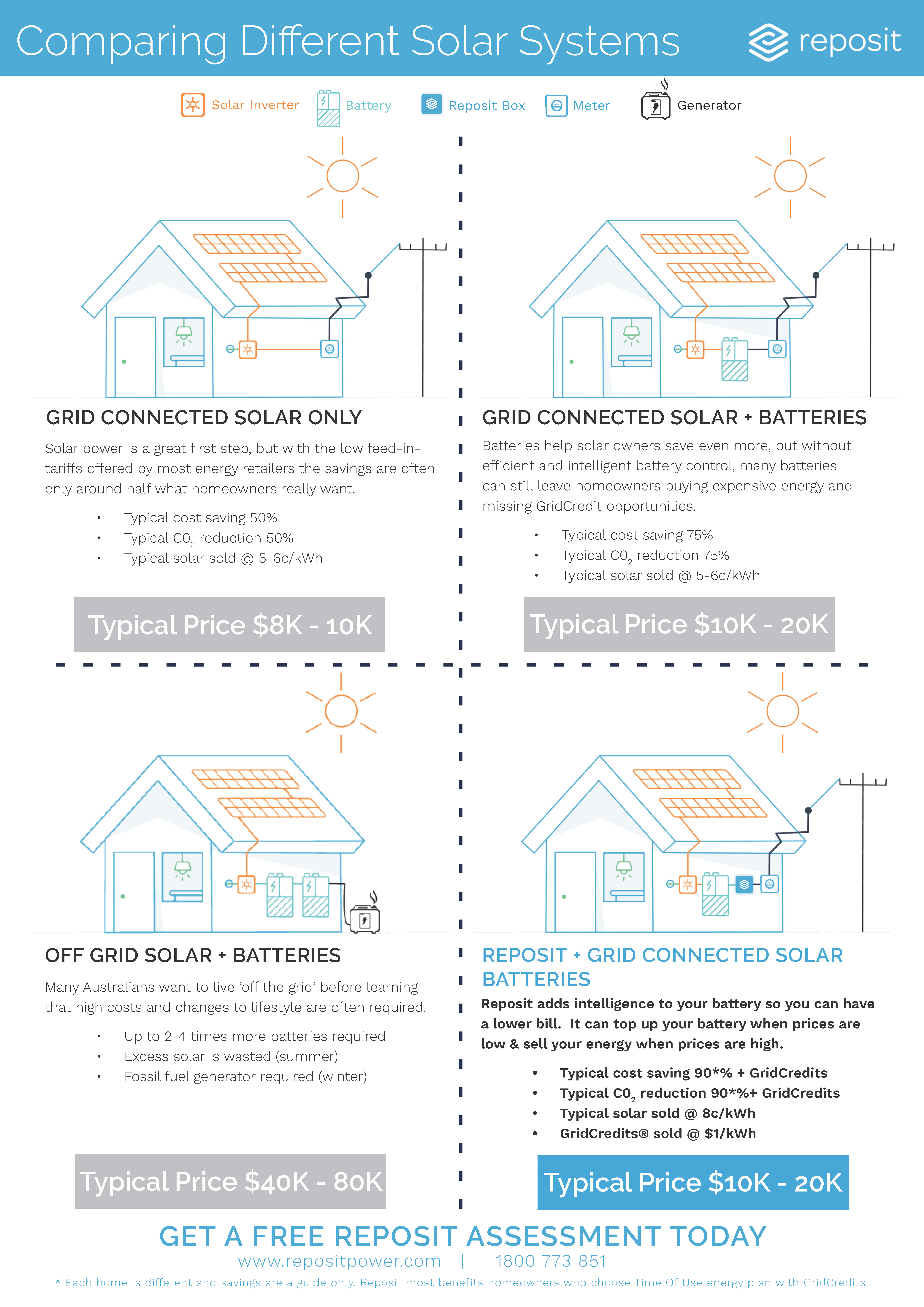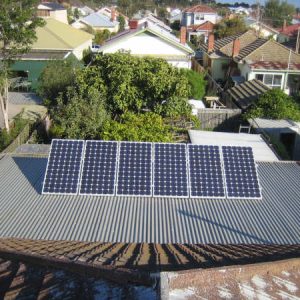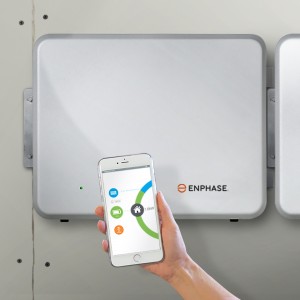Batteries are one of the most discussed topics in renewable energy today. Australia is tipped to be one of the biggest markets for battery growth in the world and new products and information is coming at break neck speed.
Here at EnviroGroup we’ve been installing solar and battery systems for over 12 years – and over the last year we’ve installed dozens of domestic battery storage systems.
In this page we will summarise what we’ve learned in our years of battery installation (the world has changed a lot in the past year alone) and we’ll answer the most common questions that get asked around battery storage.
There is a lot info in this so take your time to go through it in depth. If at the end you’ve still got questions we’ve got some guides available for download which have even more information.
How do batteries help me save?
Batteries take excess solar energy that your system has generated and stores it for later use.
Normally solar power generated during the day goes to the house first then, if there is any excess power that isn’t used by the house it then gets stored in the battery system for use at night.

What types of batteries are available?
After much trial and error, we’ve learned that despite the huge variety of possible battery options and products out there, very few of them are actually realistic options.
Currently we are offering the following three main battery types:
LG Chem RESU
4kWh or 9.8kWh of storage.
Enphase AC battery
Starts at 2kWh of storage and scales upwards.
Tesla Powerwall.
Powerwall 1 has 6.4kWh of storage
Powerwall 2 has 13.2kWh of storage, but is available from May 2017 onwards.
For more information on the batteries themselves, click to see our battery page. All of the three battery technology that we offer use Lithium ion technology and are compatible with existing solar PV systems.
The LG Chem and Tesla Powerwall can be both floor and wall mounted. The Enphase is a modular system designed for much smaller energy demands and is wall mounted only. The LG Chem battery is currently available for install, while the new Powerwall 2 will only be available from May onwards.
How long does installation take?
All three types can be installed both indoors or outside and are IP rated. If no upgrades are required a standard installation takes only a couple of days. Paperwork around the system can take a bit longer, however this is outside our control and dependent on the local power utility.
How do know if batteries are worth it?
You can easily work out if batteries are worth it for you by finding out the following information:
- How much energy you use (daily, per season and per year)
- How much solar power (if any) you currently have
- kWh exported to the grid from your solar PV system (daily and for each season of the year)
All of this information is easily available from your power bills. Every power bill will show you how much power you’ve used and how much you’ve exported (if you’ve got solar). Most bills also have a small graph showing your energy averages over the year.
If you’re more detailed data, then you can request to have your Meter Data sent to you. This is information directly from the smart meter and shows your energy data in 30 or 15 minute intervals.
Power companies such as Powershop already show you this data via online tools and mobile apps, which makes it much easier to see your consumption habits.
If you don’t have solar yet, have a think of your energy habits. How much of your energy consumption happens during the day? If you’re out during the day and mainly use electricity at night, then batteries could be right for you.
When providing a quote we will go through your energy consumption and discuss the benefits that a battery could potentially provide. If we think you won’t benefit from a battery system, we will tell you.
How long do they take to pay off?
Battery payback depends on variety of factors and payback periods are tailored to each customer. However there are three main factors which will impact your payback period:
- How much power is currently being exported by your solar PV system? (If you don’t have a solar PV system yet, you can estimate your excess generation.)
- How much you’re paying for electricity (both peak and off-peak rates)
- Potential self-consumption, how much of the solar and battery power you’d consume.
A change in each of these factors will impact the payback time of the battery system. At the time of writing, average battery payback time was approximately 10years.
When designing a solar and battery system, we will use your energy data and consumption habits to create a customised battery payback time.
Do I need to upgrade my solar PV system to get batteries?
Owners of smaller system may think that their system may not produce enough power to charge modern domestic battery system.
In fact exported power is more important than the size of your system. See the example below:
| House 1 | House 2 | |
| Solar PV system size | 3kWp | 5kWp |
| Generated power | 10.8kWh | 18kWh |
| Power used during the day | 4kWh | 15kWh |
| Remaining Power | 6.8kWh | 3kWh |
| Energy required for battery | 7kWh | 7kWh |
| Energy gap | 0.2kWh | 4kWh |
House 1 with the smaller system has not used most of its energy during the day and so has plenty of left over energy which could be stored in the battery and used overnight. Even though House 2 has a bigger solar PV system, it uses more of its power during the day and so has little left over for the battery. House 2 will actually end up using the grid to charge its battery system.
How much do batteries cost?
Each home and system and house is different and the price, including installation is always impacted by things like site access and any required electrical upgrades.
Our battery prices are tailored for each customer, however a good ballpark is around $10,000 for battery system in the Melbourne metropolitan area.
What about Reposit?
Reposit is an Australian designed software package which optimises your battery consumption.
How does it do this?
By measuring your energy consumption, energy prices and checking weather forecasts, Reposit optimises when your battery system will be charged (either from solar or off-peak power) when it’ll be discharged and it can even sell your excess power during Grid Events™ for up to $1 per kWh.
Reposit adds between $1500 – $2000 to a system price – but the increased optimisation and potential trading aspect can easily reduce the payback time of your battery.
Too see how much Reposit costs when compared to a non Reposit system, check out the image below:






